Basic idea
The idea of your circuit known as "current-inversion negative impedance converter" (INIC) is extremely simple. It is just a non-inverting amplifier with a gain of 2 and a resistor (voltage-to-current converter) connected between the circuit output and input.
Operation
The voltage across the resistor is 2.Vin - Vin = Vin; so the current through it (and injected back to the input voltage source) is Vin/R. This is the same amount of current that would be consumed from Vin if the latter was loaded with the same 1 k resistor... but its direction is reversed (instead of going out of the input voltage source it goes into it). It is as if the load current of the 1 k "positive" resistor is reversed and the circuit behaves like a 1 k negative resistor; hence the name of the circuit.
OP's problem
So in order for your circuit to work properly (op-amp not saturate), you need to supply the op-amp with twice the input voltage (10 V)... or reduce Vin twice at least. I recommend you reduce Vs (Arduino supply) with a voltage divider to 2 V.
Applications
This circuit makes some sense in the case if the op-amp was powered by an external source. Then, unlike the Arduino which consumes current from Vs, the circuit will add current and help Vs.
Famous applications of this negative resistance circuit are the Howland current source, Deboo integrator and "negative-resistance load canceller".
Building a load canceller
I will illustrate the idea of this weird circuit through one of its exotic applications called "load canceller". For this purpose, I will build the circuit step by step and examine it using CircuitLab. To keep the schematics simple and clear, I have not used named nodes and ordinary DC simulation but live DC simulation. So hover your mouse over elements and their terminals to see the quantity values.
STEP 0: The problem. Imagine that, for some purpose, we have to reduce the voltage of a voltage source (Vin) by two times.
STEP 1: Voltage divider unloaded. To do it, we assemble a voltage divider by connecting two 10k resistors in series. Setting, for example, an initial input voltage Vin = 10 V, wee see an output voltage Vout = 5 V (exactly equal to the calculated).
simulate this circuit – Schematic created using CircuitLab
STEP 2: Voltage divider loaded. With the voltage thus obtained, we decide to supply some load RL = 1 k. Unfortunately, the load consumes current and the voltage drops (from 5 V to only 833 mV).

simulate this circuit
STEP 3: Voltage follower. The remedy is to supply current to the load not from the input voltage source but from some other additional source. The usual solution to do it is to connect a voltage follower between the divider's output and the load. It creates a "copy" of the divider's output voltage and supplies the load with it.
simulate this circuit
STEP 4: Conceptual INIC. But there is another more extravagant solution - to directly supply the current to the load by means of this type of negative resistor. To produce current, we need a voltage source and a resistor in series. Figuratively speaking, since the load RL "pulls down" the output, we connect another resistor R3 = RL that "pulls up" the output. Note that a "humble" constant voltage source does not work for us, it must be a proportional (dynamic) voltage source. To immitate it, open the source properties and adjust its voltage to make it twice as high as the VL. The result is amazing - all the current is supplied to the load from the additional source 2VL. No current is drawn from the voltage divider and it "feels" like it is unloaded (open circuit); its output voltage (5 V) is exactly twice lower the input voltage (10 V). By the way, the fancy name of this technique is "bootstrapping".
simulate this circuit
STEP 5: Op-amp INIC. Finally, we just need to replace the guy who controls the source with an op-amp and we get the so difficult to understand circuit of "negative impedance converter with current inversion" (INIC).
simulate this circuit
